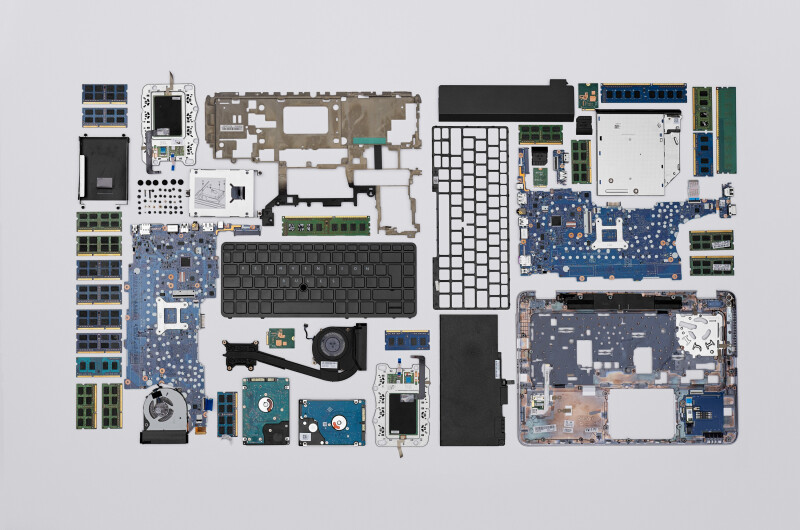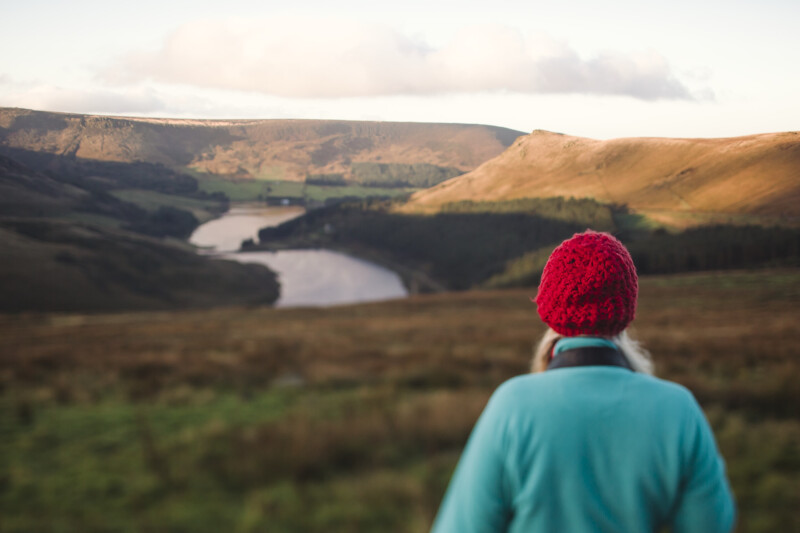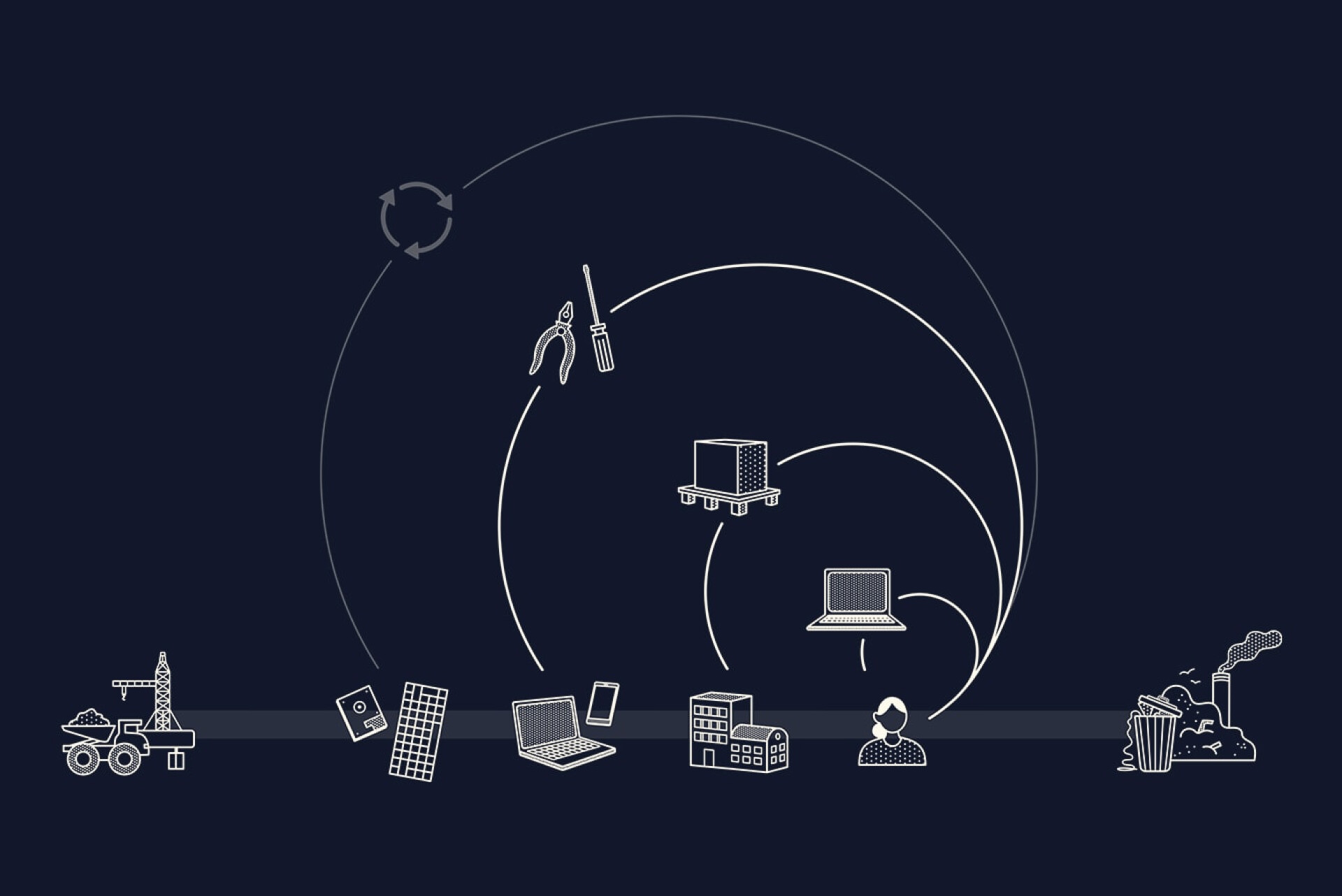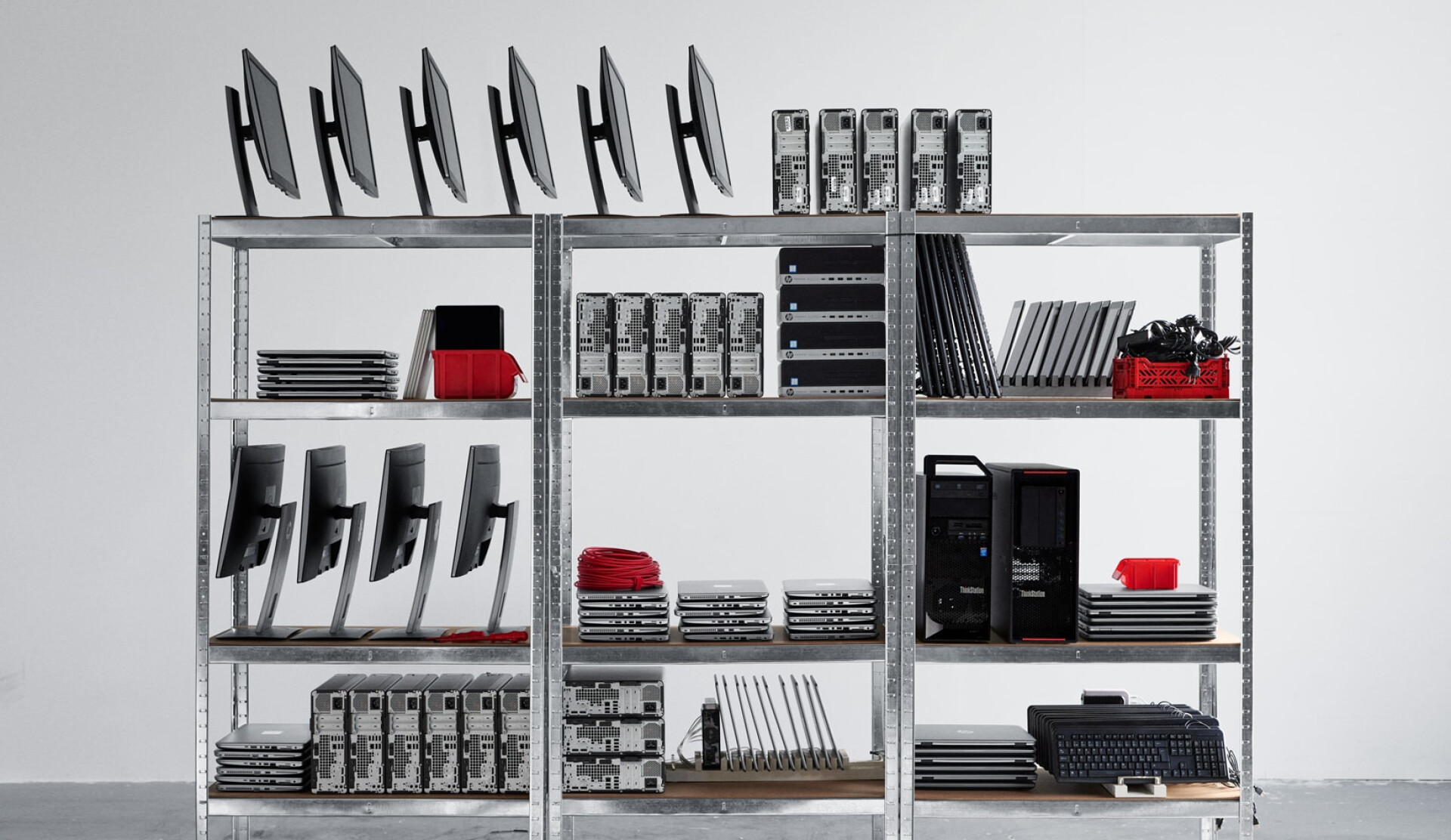Circular IT, circular economy, and circular flows. Today it is not unusual to come across terms like these, but what do they really mean?
To be able to understand the circular economy, we need to understand the concept of the linear economy. When we talk about linear economics, we usually mean the unsustainable consumption patterns that is based on take-make-waste. In other words: We extract, produce, and throw away almost everything that is sold on the market. Currently, resource extraction accounts for around 50 percent of global carbon dioxide emissions.
In a circular economy, we instead connect the ends of the linear life cycle chain into a circle. We use the product and material we already have as long time as possible, and when we are done, we pass it on to someone else who needs it. When the item is completely used up, we recondition it or, if the condition is worse, ensure that the materials are used in other products. In this way, we reduce the number of natural resources consumed, and at the same time ensure that we really use the material that we already have access to.
To enable a circular economy, we need to shift the norms in our consumption patterns and use our natural resources in the best possible way. We need to ensure that the cycle of a product's life is extended through reuse, repair, and reconditioning; and ensure that the nutrients contained in the produced materials can be recycled. Moreover, we need to recycle our materials when they are no longer usable for us. When we think circularly, a resilient system is created. We make a transition to renewable energies possible, and we ensure a sustainable development – both today and tomorrow.
The three principles within the circular economy:
The Ellen MacArthur Foundation is a leading player in the circular economy. She explains the circular economy with three principles.






